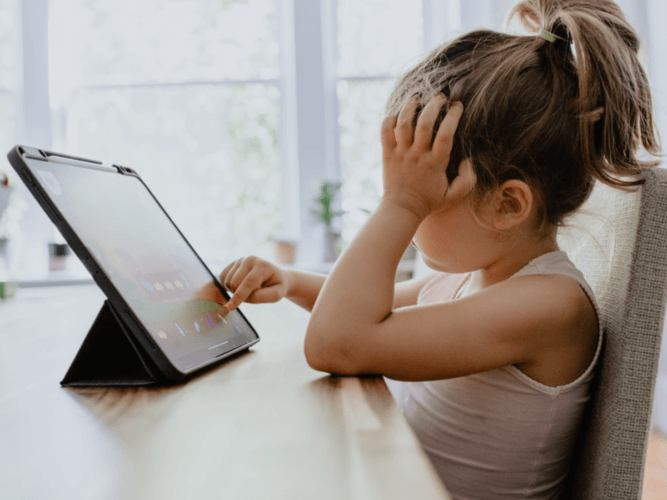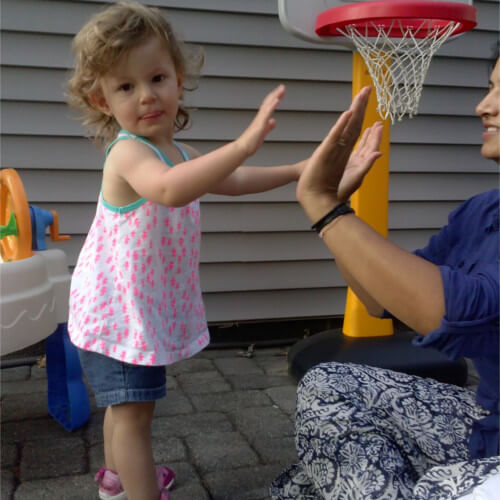Children are going back to school, but this year definitely looks different for parents. Online classes for parents can be scary, frustrating, and exhausting, especially in households with multiple young children, especially if the children have siblings in early intervention teletherapy. With only one or two parents working at home while managing school life has been extremely challenging. What can a parent do?
We have listed a few simple behavioral strategies below. These can ensure your family’s safety and minimize your back and neck pain, eye strain, frustration, and exertion.
The schooling system has been reinstated nearly all states in the US, although in a variety of ways:
- Model-I: physically attending,
- Model-II: online class,
- Model-III: a hybrid of both models in various ways.
All the above models come with their benefits and risks, yet continue to be worrisome for many parents during the pandemic.
Model-1: Full or Partial Physical Return to School
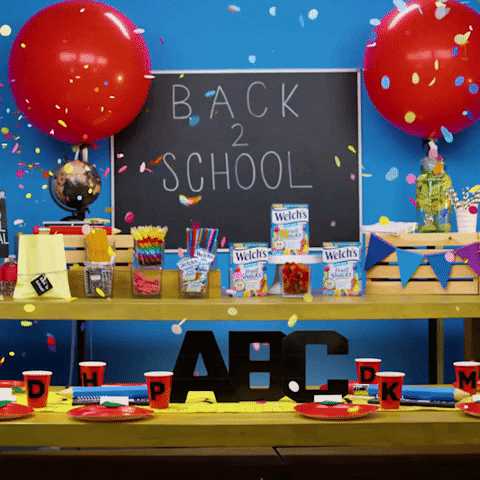
If you let your child go to school for half or a full day, we can educate them by practicing a drill at home to learn routine sanitization and maintaining distance with each other. Do a mock scenario testing at home. Let our children participate in pointing out our mistakes in our actions as well.
Role-playing is an excellent way to learn. Pretend all items in the kitchen or playroom are infected. Have your child be the judge of how many times you didn’t follow hand washing and sanitizing that you should’ve done during a 5-15 minute activity. As you keep a mental count, your child observes and keeps a count of those. At the end of 5-15 minutes of role-playing activity, sit down to match your counts and discuss it all. Accept your mistakes without being defensive about it. That’s how you become a role model. By judging you, your child learns what not needs to be done and not to do from your mistakes.
Follow that activity with a repetition of the same or another 15-30 minutes activity by switching roles. This time your child be the responsible grown-up, and you be the observer and continue to practice safety measures like hand washing and sanitizing through different activities or games.
Model-2: Online Classes with a Parent or Caregiver
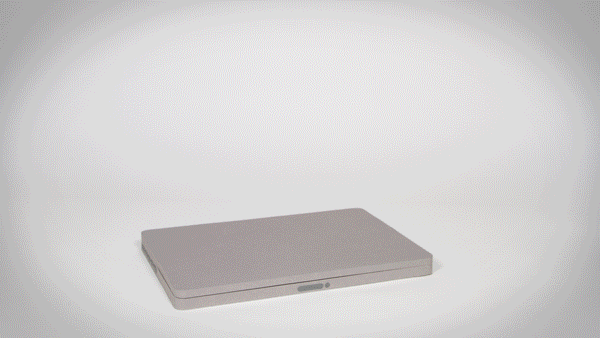
Online classes with a parent or guardian can be a challenge for both parents and students. One person doing everyone’s role and being tech-savvy to connect online with different teachers promptly is not easy; on top of that, if the internet is not always working best. Constant screen time is a strain on the eyes, pain on the head, neck, and back of both parents and students.
The school structure is missing; the friends are missing. It’s not the same experience for the student to have a close family member or a caregiver versus the teacher. Not all parents are trained teachers, nor all have the patience and passion for teaching. There is no better way…no body can help this situation. We, as parents, have to deal with it as a new norm.
There are a few simple strategies to practice to make this new norm easy.
- Break the monotony by assigning a few other fun places in the home as the learning sites. Create “classrooms” other than the desk and chair in your child’s room. Decide on having classes at a variety of designated areas by rotating between in-home classrooms; for example, math class at the desk, science class in the kitchen, social studies in the living room, etc.
- Be creative and engage your child to build an ideal place for him/her to sit and learn. We need to keep in mind the classroom decorum. For example, having the class on the swing set or in the pool is not an option. Usually claiming places like bedsheet and sofa cushion tent, in the nook behind the couch, etc.
- Take a quick break by doing a physical activity such as walking around on heels or toes, grabbing water from the kitchen to drink. No one has to sit for the whole day in one place. Assign few physical activities as breaks in between for both for your children and yourself. Small obstacle courses can help! walk around the coffee table, jump over the cushion on the floor, walk backstepping, etc. Be safe and creative!
- To reduce eye strain, place interesting and attractive objects or at least interesting (hologram, numbers patterns, and cartoons) removable stickers around the house for both parents and children to look away (may use a timer) from the screen.
- Try making a habit of looking away periodically by placing a clock, a photo frame, a mirror, or wall art at a distance. Counting flowers in the garden or back yard, or focusing on a photo or alphabet at a distance by squinting, look far & look near games can be good rehabilitation for the eyes.

6. Be creative in arranging the learning sites or classrooms, so you child finds it fun to stay home and learn with you.
7. Make treasure hunts for them to collect all clues after each class, a final clue can have the reward they want, and you approve, e. g., watching TV, any food item, after the task is over.
8. Tummy time! Reduce shoulder, upper back, and neck strain and pain caused by the hunched forward posture for both you and your child by lying down on the tummy, propped up on the elbows for at least 2 mins during period breaks, if not during the class. Also, various yoga animal poses will be great exercises like cobra pose for the upper back extension, tree poses for tall kneeling and standing still, etc.
Model-3: Alternating School Days, or a Hybrid Model.
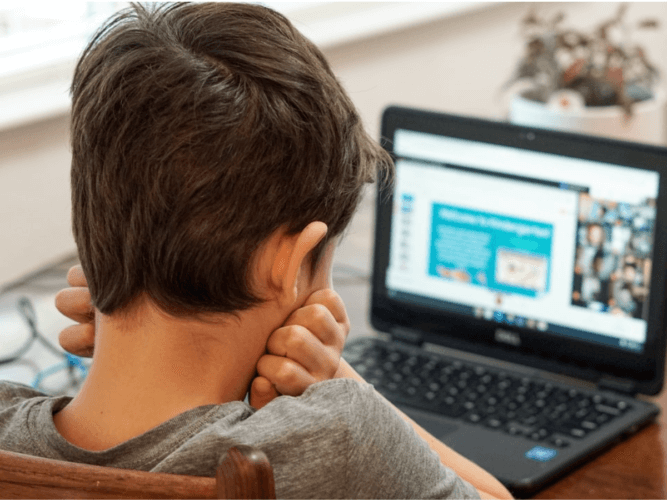
Your child might be attending a full or half-day or alternating between days of school. Either way, the risk of contracting COVID-19 remains the same. So, the behavioral strategies for both Models I & II apply to this model as well.
Create a balance between a relaxed like sleeping in bed or sitting in the pool vs. rigid sitting on the desk and chair in one place in the same position for 6-8 hours per day. Getting frustrated is neither helpful nor the solution, but we need to find the problem that causes it, try to address as best we can to keep the frustration low.
It’s is very scary to let your most precious ones get out to the unknown. One never knows how the COVID-19 will creep into the household, but at the same time, how far one will stay in lockdown? No one knows whats the best way to deal with the pandemic, and everyone is learning it with time.
We can only teach our children how to wear a mask, not touch the face mask without sanitizing or washing hands, maintain a safe distance.
Teaching our children should not be the chore that requires to chunk out a time every day. Let’s talk to them and manage their behaviors and feelings by discussing what’s going on with them. Also, do small activities with them during family time, mealtime, in transits, going for a drive in the car, or during daily walks.
Share Your Story
We love to learn from you, the creative parent! Share your behavioral strategy stories with us: what are you doing?
How are you handling the current situation?
Also, what’s been the best way you’ve learned to handle schooling in this new environment?
If you have any questions or need assistance with your child’s behavioral strategy & development, please contact us at Jeevam Therapy.
Contact Us Today
Tags: child development, Pediatric therapy, behavior management, parenting tips


